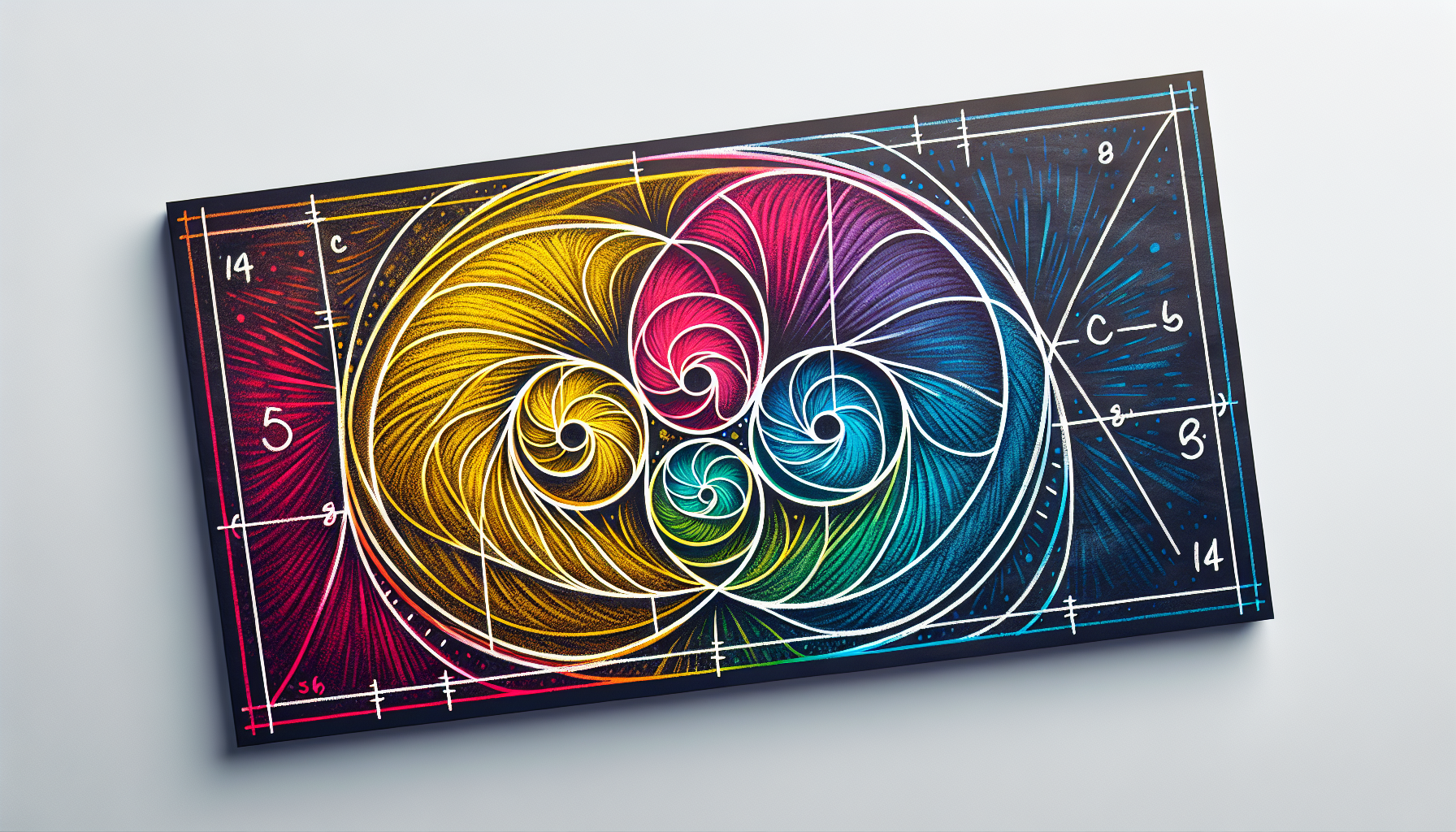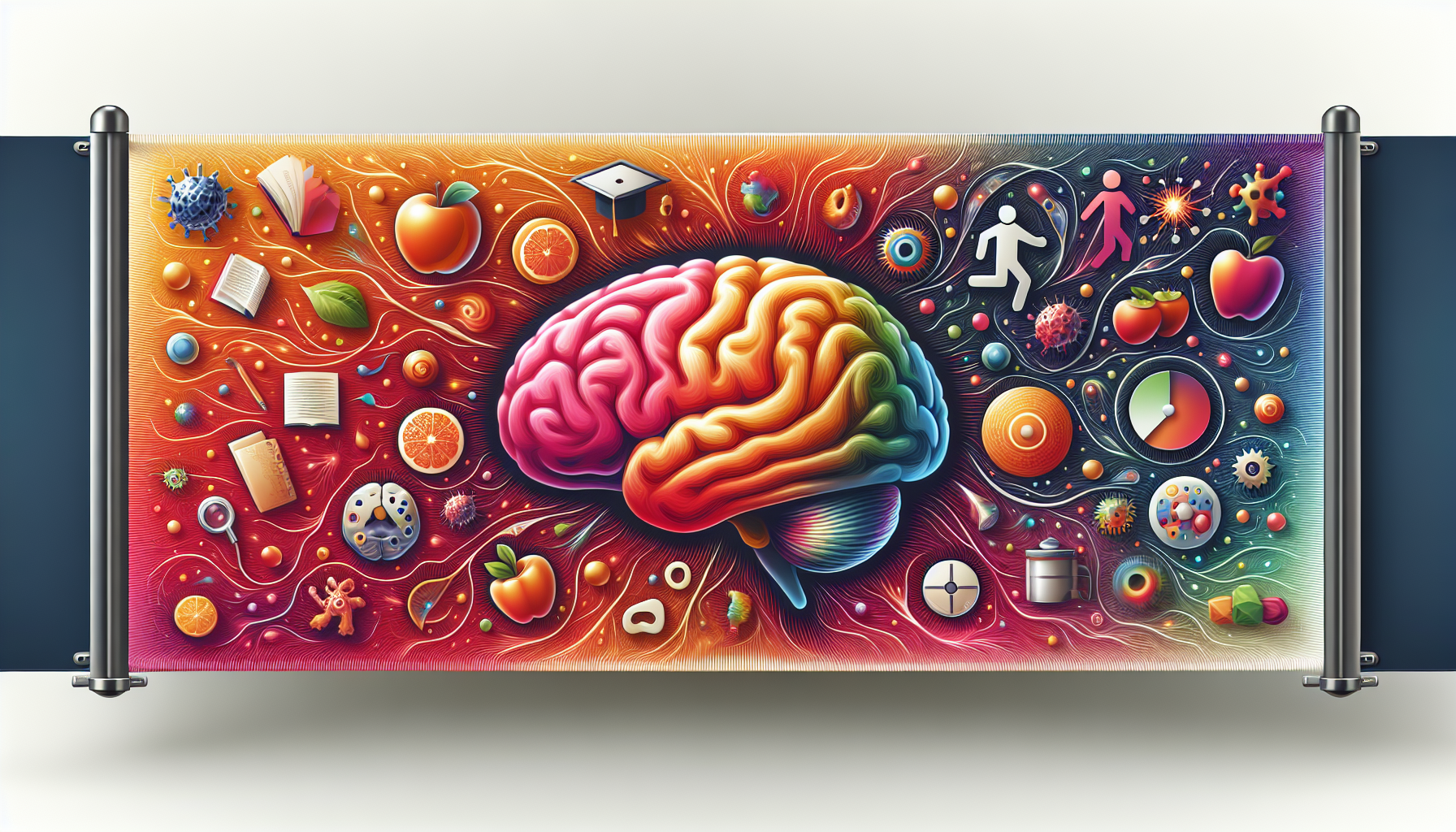On this page
Arthur Benjamin's TED talk discusses the importance of learning mathematics for calculation, application, and inspiration, with an emphasis on the beauty and intellectual stimulation that math provides. It introduces Fibonacci numbers, their patterns, and their applications in nature. It explores the fascinating properties of these numbers and their relationship with the Golden Ratio. The content also underlines the significance of understanding the process and reasoning in math, suggesting that math is not just about finding solutions but also about enhancing critical thinking and problem-solving skills. It concludes with the statement that math is not just about solving for x, but also figuring out why.
How does it apply to you?
Understanding the beauty and patterns in Fibonacci numbers can cultivate a love for mathematics in students. This can be applied in the classroom by incorporating these concepts into the curriculum. Moreover, understanding the patterns in Fibonacci numbers can also be applied in various fields, such as computer science, biology, and even in stock market analysis.
Applied Learning to Developer Enablement
The key points from this content can be applied in a software development organization or learning environment in various ways.
- Calculation, Application, and Inspiration in Mathematics: In software development, the principles of calculation and application are applied in coding and problem-solving. Inspiration can be drawn from existing algorithms, data structures, or software design patterns. Emphasizing the beauty and intellectual stimulation of problem-solving in coding can boost motivation and engagement.
- Introduction to Fibonacci Numbers: The Fibonacci sequence is widely used in software development, for instance, in agile planning as Fibonacci series points. Understanding the concept and its application could help in better planning and estimation.
- Patterns in Fibonacci Numbers: Recognizing patterns is a crucial skill in software development. It can help optimize algorithms, find bugs, and understand system behavior. The Fibonacci sequence is an excellent example of a pattern that can be leveraged in various ways in programming.
- Understanding Patterns in Fibonacci Numbers: Understanding why patterns occur is akin to understanding why a piece of code works the way it does. This deepens the developer's understanding of the system and can lead to more efficient and effective coding.
- Importance of Application: In software development, understanding the reasoning behind code, algorithms, or architectures is as important as implementing them. This understanding leads to better design decisions and more maintainable code.
- Learning How to Think: Programming is a lot about problem-solving and logical thinking. Learning mathematics, especially concepts like the Fibonacci sequence, can enhance these skills.
- Mathematics - Beyond Solving for X: This concept is directly applicable to software development. It's not just about writing code that works, but understanding why it works, how it can be improved, and how it fits into the bigger picture.
Developer Checklist
Critical Thinking and Problem Solving
Summary
The Purpose of Learning Mathematics
The main reasons for learning mathematics are calculation, application, and inspiration. Mathematics, being the science of patterns, is studied to enhance logical, critical, and creative thinking. However, the motivational aspect of learning mathematics is not emphasized enough in schools. Often, students are told they are learning math for future classes or tests, but not enough emphasis is placed on the beauty and intellectual stimulation that math can provide.
Introduction to Fibonacci Numbers
The Fibonacci numbers, which are a favorite of many, can be appreciated in various ways. Computationally, they are as simple as adding one plus one to get two, then one plus two to get three, and so on. These numbers were introduced to the Western world through the book 'Liber Abaci' by Leonardo of Pisa, also known as Fibonacci. Fibonacci numbers also have many applications in nature, such as the number of petals on a flower or the number of spirals on a sunflower or pineapple.
Patterns in Fibonacci Numbers
Fibonacci numbers display beautiful number patterns. For instance, if you square the first few Fibonacci numbers and add them together, you get the next Fibonacci number. Furthermore, if you add the squares of the first few Fibonacci numbers, you get a number that is a multiple of a Fibonacci number. These patterns provide a beautiful and exciting aspect to mathematics.
Understanding Patterns in Fibonacci Numbers
Understanding why these patterns occur can be even more satisfying than discovering them. For instance, the squares of 1, 1, 2, 3, 5, and 8 add up to 8 times 13 because of the properties of a rectangle formed by these squares. This understanding can be achieved by drawing a simple picture and calculating the area of the rectangle in two ways, which must equal each other. Continuing this process generates rectangles with dimensions that are Fibonacci numbers, and the ratio of these numbers approaches the Golden Ratio, a number that has fascinated people for centuries.
Importance of Application
The speaker emphasizes the significance of application in mathematics. They suggest that while finding solutions is an integral part of math, it's equally important to understand the process and reasoning that leads to these solutions. This approach encourages a deeper understanding and appreciation of mathematics beyond rote calculation.
Learning How to Think
The speaker identifies 'learning how to think' as a critical application of mathematics. This implies that mathematics is not merely a subject of numbers and equations, but a tool that enhances critical thinking, problem solving, and logical reasoning skills.
Mathematics - Beyond Solving for X
The speaker succinctly summarizes the main idea of the talk: 'Mathematics is not just solving for x, it's also figuring out why.' This statement underscores the notion that math is about understanding concepts, finding reasons, and making connections, not just computing answers.
FAQs
What are the main reasons for learning mathematics? The main reasons for learning mathematics are calculation, application, and inspiration. It enhances logical, critical, and creative thinking.
What are Fibonacci numbers? Fibonacci numbers are a sequence of numbers where each number is the sum of the two preceding ones, usually starting with 0 and 1. They were introduced to the Western world through the book 'Liber Abaci' by Leonardo of Pisa, also known as Fibonacci.
What are some applications of Fibonacci numbers in nature? Fibonacci numbers have many applications in nature, such as the number of petals on a flower or the number of spirals on a sunflower or pineapple.
What are some patterns in Fibonacci numbers? If you square the first few Fibonacci numbers and add them together, you get the next Fibonacci number. Also, if you add the squares of the first few Fibonacci numbers, you get a number that is a multiple of a Fibonacci number.
How can we understand why patterns in Fibonacci numbers occur? Understanding why these patterns occur can be achieved by drawing a simple picture and calculating the area of the rectangle in two ways, which must equal each other. This process generates rectangles with dimensions that are Fibonacci numbers, and the ratio of these numbers approaches the Golden Ratio.
What is the importance of application in mathematics? Application in mathematics is significant as it is equally important to understand the process and reasoning that leads to solutions, not just finding the solutions. This approach encourages a deeper understanding and appreciation of mathematics beyond rote calculation.
What is a critical application of mathematics according to the speaker? 'Learning how to think' is identified as a critical application of mathematics by the speaker. This implies that mathematics enhances critical thinking, problem solving, and logical reasoning skills.
What is the main idea of the talk 'Mathematics - Beyond Solving for X'? The main idea of the talk is that mathematics is not just about solving for x, it's also about figuring out why. Math is about understanding concepts, finding reasons, and making connections, not just computing answers.








